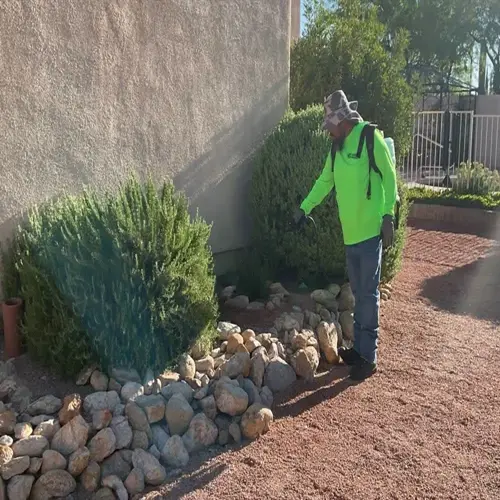Does gravel effectively control erosion?

Written by
Nguyen Minh
Reviewed by
Prof. Martin Thorne, Ph.D.Gravel redirects water but is limited in its ability to control erosion. By itself, gravel is only able to reduce the velocity of runoff by 15%-30%, according to NRCS studies. I have also observed it being washed away during heavy storms when it was implemented without structural reinforcement. To achieve long-term control, it is best to implement a combination of gravel and deep-rooted plants that lock the soil below.
Use angular gravel rather than rounded stone. The sharp edges interlock to provide stable surfaces. Use it in drain channels and base layers. I layer blog gravel underneath coconut matting to prevent shifting. This combination will last 3-5 years while the desired vegetation establishes.
Optimal Uses
- French drain systems with 12-inch gravel depth
- Base layer under permeable pavers
- Drainage channels with 6-8 inch aggregate
Reinforcement Techniques
- Geotextile fabric underlay prevents sinking
- Edge containment with pressure-treated timbers
- Terraced layers with 8-inch vertical drops
Plant Combinations
- Creeping juniper between gravel zones
- Switchgrass along drainage edges
- Willow cuttings in gravel-filled gabions
When installing gravel, it is essential to do so correctly regarding drainage. A base layer of six inches should be installed at a slope of around 2%. I prefer to use ¾-inch angular stones for maximum water permeability. I always build overflow channels to get the water away from populated areas. This helps protect against the risk of undercutting in the case of hefty rain.
Mix with deep-rooting plants for synergism. The roots will grow through the gravel voids, holding everything together. I put in juniper or cotoneaster right after placing the gravel. Their roots grow down 3-4 feet, anchoring the base. After a couple of growing seasons, plants are doing the main erosion control.
Maintain gravel installations seasonally. After storms, be sure to rake stones that were moved. In spring, clean sediment buildup. Replant vegetation losses. I inspect my gravel systems monthly, especially during periods of rain. This prevents minor issues from compromising the entire installation.
Gravel is most effective when combined with integrated erosion control. Use it for drainage while plants provide anchoring. Start slowly with small trials on moderate slopes. You'll be amazed to see how it effectively works with other systems to create sustainable soil protection.
Read the full article: 9 Effective Ways to Prevent Soil Erosion

